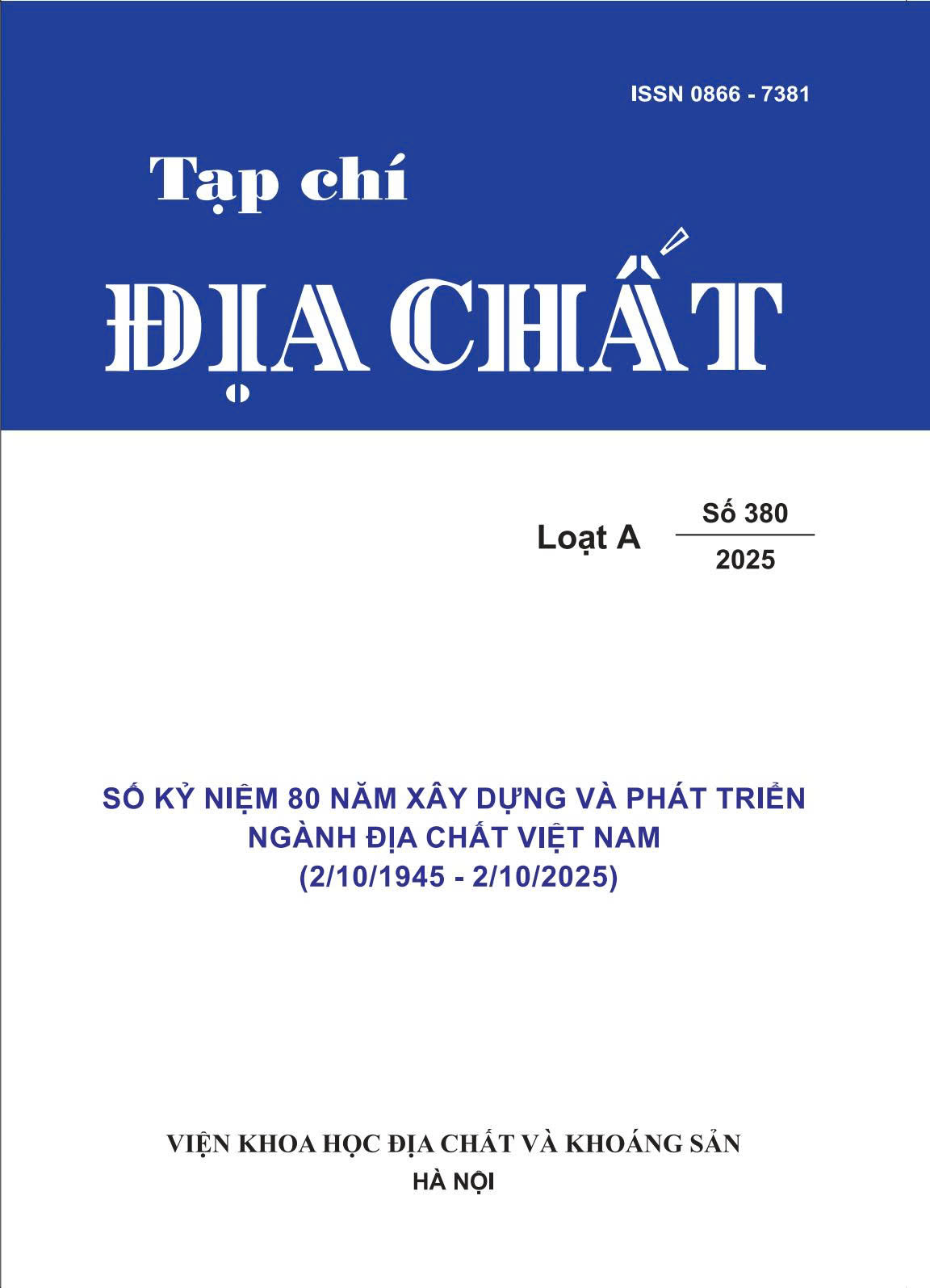Abstract
Deltaic regions of Vietnam, consisting of Red River Delta and Mekong River Delta, plays strategic importance for socio-economic development, regional connectivity, and international trade. Understanding of geological, engineering geological, hydrogeological conditions, and mineral resource potential, it is a crucial scientific basis for sustainable planning. However, low-lying topography, thick sedimentary cover, rapid urbanization, and dense vegetation which present significant challenges for geological and mineral mapping and hydrogeological and engineering geological research (HGEG),1:50,000 scale. This study aims to propose an integrated methodological framework to improve efficiency mapping, consisting of: (1) field surveys and direct analysis; (2) combination of geophysics and remote sensing; and (3) integrated analysis and modeling. The approach integrated traditional methods (field mapping, sample analysis, geophysical surveys) with modern technologies such as remote sensing (Landsat-8, Sentinel-2,...), advanced sample analysis techniques, geographic information systems (GIS), and 3D geological modeling. Result of preliminary trial in Tra Vinh area, this integrated methodological approach improves level of detail and visualization of geological maps, reduces the number of required field survey points by approximately 40%, and saves time and costs. Resources such as sand, clay, and groundwater were identified with higher reliability, supporting more effective resource planning and exploitation. The study confirms effectiveness of integrating traditional and modern methods in geological and mineral mapping of deltaic region’s Vietnam. It also proposes future development which optimize geological-mineral and HGEG mapping processes, thereby supporting sustainable resource exploitation and socio-economic development.

